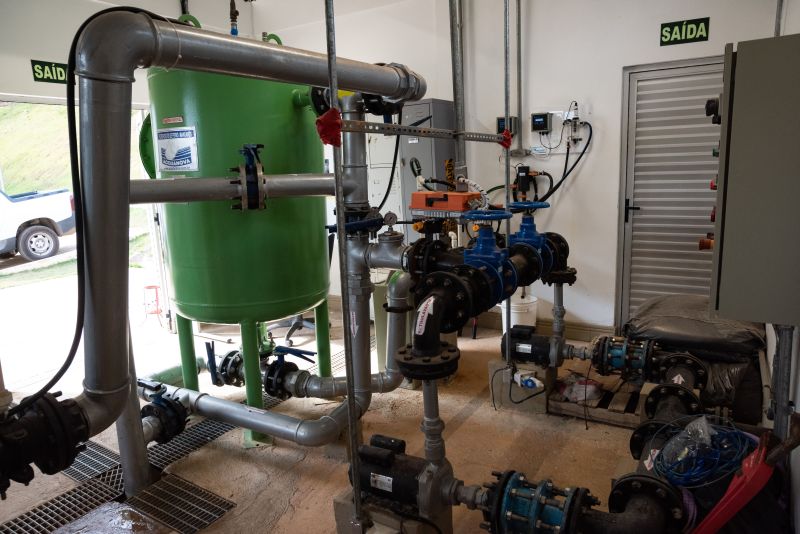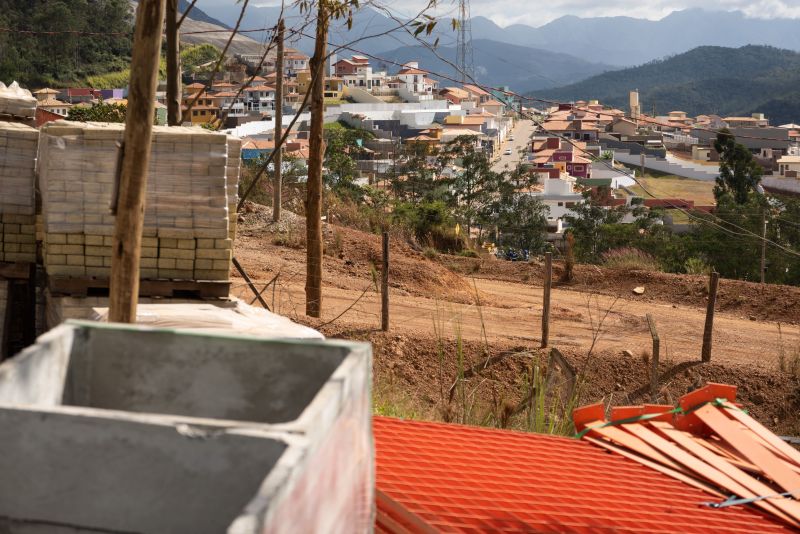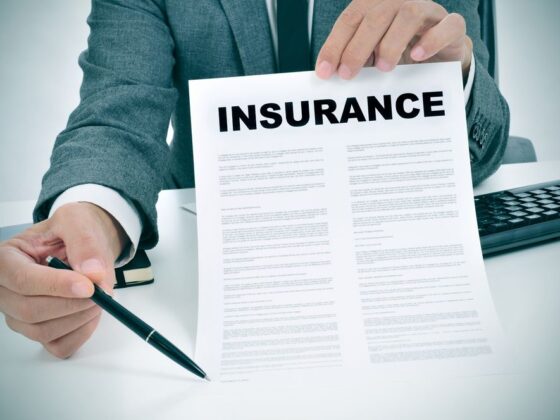In November 2015, a catastrophic event unfolded in Brazil, forever altering the landscape of environmental responsibility and corporate accountability. The collapse of the Samarco dam, a joint venture between mining giants Vale S.A. and BHP Billiton, unleashed a torrent of toxic iron ore tailings into the Doce River, decimating communities, wildlife, and ecosystems in its wake. This disaster, one of the worst of its kind in history, not only ravaged the physical environment but also ignited a fierce debate about the ethical obligations of corporations operating in vulnerable regions. As the legal, social, and environmental ramifications continue to ripple through society, the role of Samarco emerges as a focal point—highlighting the intricate interplay between profit and sustainability, stewardship and exploitation. What lessons can be gleaned from this tragedy? What accountability measures have been implemented since? This examination seeks to unravel the complexities surrounding Samarcos involvement and the lasting impact of that fateful day on the communities it affected.
The Disaster: What Happened?

On November 5, 2015, a catastrophic event unfolded in the small town of Mariana, Brazil, when the Fundão dam, owned by Samarco, collapsed spectacularly. This massive failure unleashed a torrent of iron ore tailings—a muddy, toxic slurry—into the Doce River, obliterating everything in its path. In mere moments, entire communities were engulfed, homes were swept away, and the vibrant landscape was transformed into a barren wasteland. The disaster not only claimed 19 lives but also left thousands displaced, forever changing the lives of local residents. As the sludge streamed downstream, it poisoned the river, wreaking havoc on the ecosystem and sparking outrage among environmentalists and communities that depended on the river for their livelihoods. In the wake of this tragedy, the world watched as the repercussions of negligence and corporate responsibility came to light, raising urgent questions about regulation and the safety of mining practices in Brazil.
Environmental and Social Impact

The environmental and social impact of the Samarco disaster has been profound and far-reaching, leaving an indelible scar on both the landscape and the communities that depend on it. When the dam failed in November 2015, a torrent of toxic sludge cascaded through the Doce River, obliterating ecosystems that had flourished for centuries. Fish populations plummeted, water sources became contaminated, and the delicate balance of life in surrounding areas was disrupted. The sociocultural tapestry of local communities unraveled as livelihoods built around fishing and agriculture were jeopardized, displacing families and forcing them to grapple with uncertainty. Voices of dissent arose from the affected populations, demanding accountability and reparations; however, many felt their pleas drowned out amid corporate interests. The junction of environmental degradation and social upheaval paints a grim portrait of what happens when negligence and greed overshadow stewardship, reminding us that the consequences of such disasters ripple through time and space, affecting generations to come.
The Role of Technology in Disaster Prevention and Mitigation

Technology plays a transformative role in disaster prevention and mitigation, serving as both a shield and a sword against the unpredictable forces of nature and human error. Advanced early warning systems, powered by real-time data analytics, can detect shifting patterns in geophysical elements, giving communities crucial time to prepare for potential catastrophes. Drones and satellite imagery further enhance our understanding of vulnerable areas, allowing for more precise intervention strategies. Additionally, the integration of artificial intelligence in risk assessment models enables weeding out human biases, leading to more informed decision-making. However, it is essential that companies like Samarco harness these innovations with a commitment to accountability and transparency, ensuring that technological advancements don’t just exist in a vacuum but serve the larger purpose of safeguarding both people and the environment from future disasters. As we navigate the complexities of modern challenges, the marriage of technology and proactive planning will be pivotal in shaping a more resilient world.
Conclusion
In conclusion, the Samarco acidente serves as a stark reminder of the profound impacts industrial operations can have on both the environment and local communities. The catastrophic failure highlighted critical shortcomings in corporate governance, regulatory oversight, and crisis management practices in the mining sector. As we reflect on the events surrounding this disaster, it becomes evident that a commitment to sustainable practices and comprehensive risk assessments is essential to preventing future tragedies. Moving forward, it is imperative for industries like Samarco to prioritize accountability and transparency, not only to restore trust with affected communities but also to ensure that the lessons learned from this incident lead to meaningful changes in policies and practices aimed at safeguarding both people and the planet.


